Central Sahel: the humanitarian emergency the world is ignoring
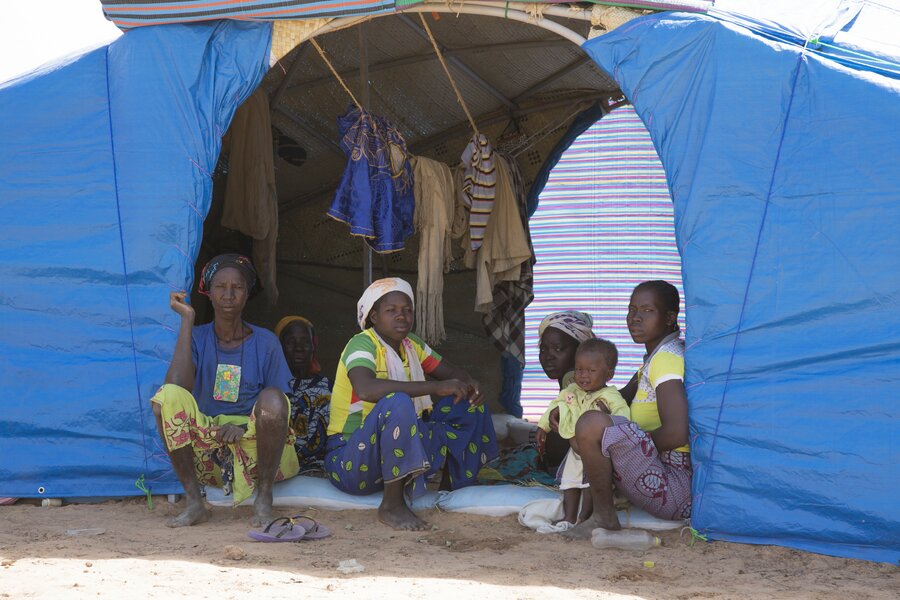
"Conflict is moving forward and moving fast," says Margot van der Velden, Director of the World Food Programme's (WFP) Emergencies division.
She is describing the Central Sahel, a region in Africa including Burkina Faso, Mali and Niger, where it is estimated 20 million people are living in areas affected by conflict and 2.4 million people are in need of food assistance — a figure that could rise due to continued displacements.
"The Sahel is historically, structurally very poor, it does not have the major investments it needs," says van der Velden. "It is an area that is climate-shock prone, with the highest temperature and the least natural resources for agriculture."
Parts of Burkina Faso — where conflict has spiralled all year — are in a state of freefall as the threat of violence from armed groups forces people in rural areas to flee.
"In January there were about 80,000 people displaced, now there are around 486,000," says van der Velden — a further 250,000 are displaced across Mali and Niger, with the total figure for the region set to reach 1 million in coming weeks.
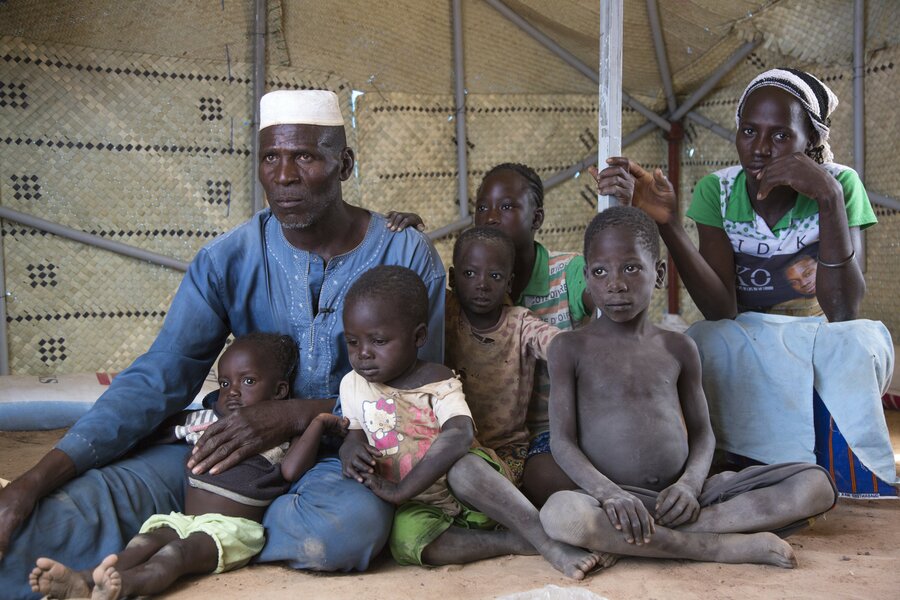
With those two countries also on the brink, in September, WFP declared Central Sahel a Level 3 emergency — its highest grade.
"L3 means we as an organization think we don't have the capacities to operate in this complex and evolving situation," says van der Velden. In other words we need to prioritize corporate investment, fast, to support our operations on the ground. For in delivering food assistance, it is clear that WFP and other humanitarian organisations walk a tightrope. The Sahel is a tragic masterclass in how violence and extreme weather feed into each other.
"It's a harsh environment," says van der Velden, "even more now when people have planted less due to the conflict, cattle are killed, people have lost their livelihoods." She adds: "We haven't had a large-scale drought in these areas but we know at some point a major drought will happen — because that is cyclical in the Sahel."
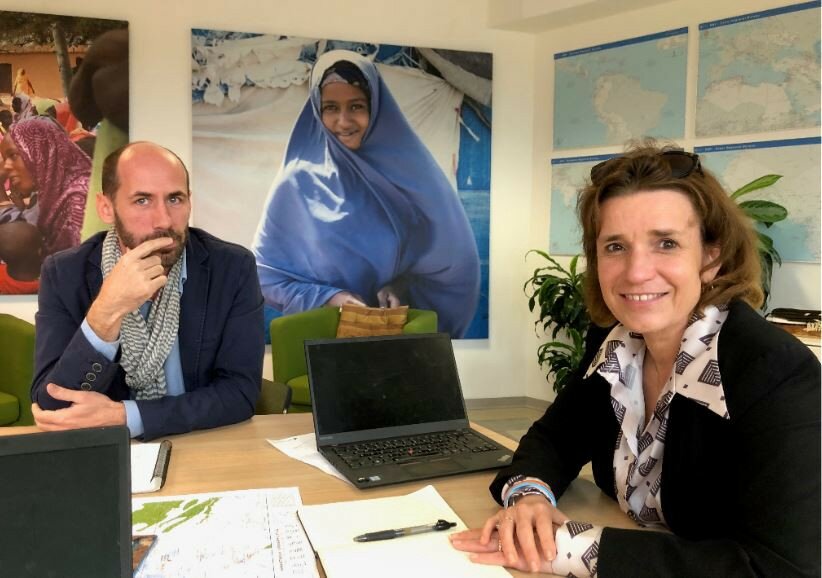
What's more, in these Sahelian countries 60 percent of the population is aged under 25, with limited access to job opportunities and social services. Chronic levels of malnutrition, food insecurity, and poverty and inequality are prevalent across the countries — with a population that is getting younger and younger, some are joining armed groups.
Hard-won gains in resilience-building and development risk collapsing. From January until September in Niger, WFP assisted 9,700 adolescent schoolgirls with scholarships. Today schools are shutting — in many conflict-affected areas one in three children cannot attend.
School buildings are one of the first spaces freed up as shelters for displaced people. This affects school attendance in host communities — which, in a further complication, WFP sometimes cannot reach because of conflict.
"At the moment what we're seeing is that people go further south in search of two things — safety and ‘keeping my kids in school'", says Alexandre Le Cuziat, an Emergencies Division desk officer with WFP, who has just returned from the region.
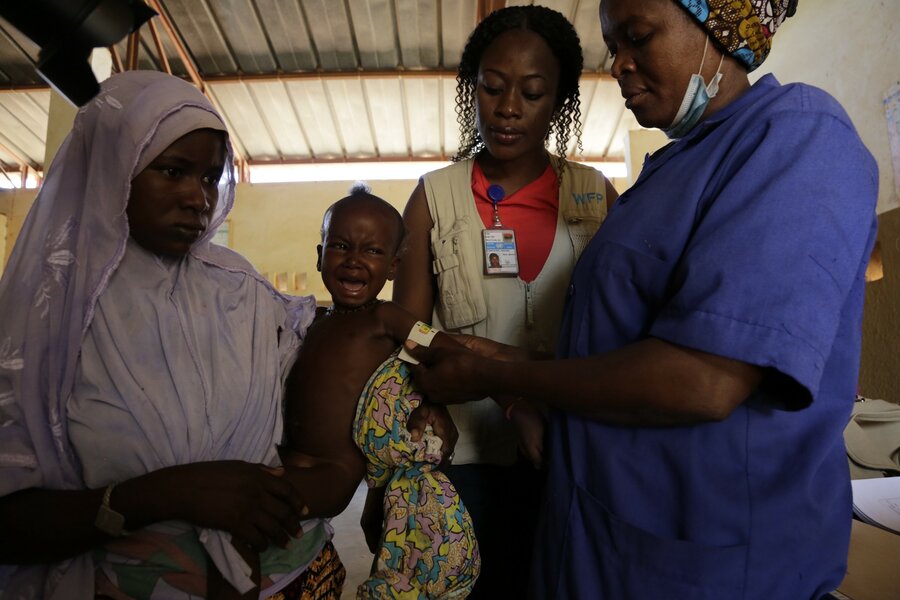
Among people forced to move, "there's a sense of nightmare and often post-traumatic stress disorder," he says. "I mean, it's traumatic for those affected by attacks."
Le Cuziat joins van der Velden at WFP's HQ in Rome. It's a Wednesday morning. He describes the frustration of displaced people he's met who for more than 30 years enjoyed peace and were on the path of "small-scale prosperity".
Then, he says, "There is an attack. They leave with the kids and that's pretty much it."
He adds: "They leave the grains behind, they leave the animals behind, they leave the harvest behind and you suddenly have close to 600,000 people in Burkina with zero livelihoods."
WFP has assisted 2.6 million people across the three countries this year and requires urgent investment and a scaled-up response in order to protect the progress achieved in ongoing programmes, particularly resilience-building.
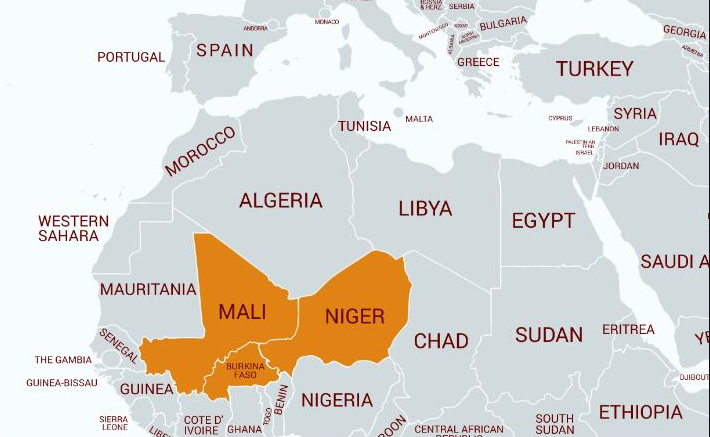
Over a period of six months in 2018, WFP operated its first pre-emptive L3 emergency — the highest grade — across the Sahel (including Chad in the northern centre of Africa and Mauritania on the North Atlantic coast).
"Then we were helping people just bridge the gap", says Le Cuziat. "They had enough food to make it for about six to nine months out of 12. And we would help them cover the months during the lean season. Now it's nothing — some have left with nothing … the big difference now is you have more people that not only have their livelihoods threatened but also their lives."
He says that "a very horrible violence" is driving people to move. "It's about people coming in villages and shooting at people, women and men."
Van der Velden nods in agreement. "Every day there are people coming from their villages with horror stories that they were just able to escape," she says — such as 25 members of a family being killed. "Some try to go back and see if they can get some of their belongings and they don't come back, so it is assumed they're killed … it's really horror stories."
WFP is also focused on supporting host families, who receive displaced people — hospitality wears thin quickly when those who've next to nothing themselves take in dozens of guests.
Both guest and host face another problem: moving to — and conversely failing to leave — a certain territory may raise a government's suspicions of how that might be possible without alignment to, or complicity with, armed groups.
Distrust and violence respect political borders no more than the next drought — the threat of which van der Velden and Le Cuziat indicate is always hanging over the Sahel (the last one was almost a decade ago). So Burkina Faso, Mali and Niger remain a worsening tangle of despair.
Le Cuziat says: "People just don't understand why this is happening: ‘Why are people doing this? How can we continue to operate? When will this end'."
Mali and Burkina had been "poster children" since the 1990s, says Le Cuziat. "It was a good example of contexts where ‘It's difficult, not many resources, but it's stable, on the way of democracy, people live together well, no conflict'." In short: "We had zero problem of access, they had tourism."
The stability which set countries on course for development ended with conflicts spreading, first in Mali, in 2012, and since 2018 in Burkina Faso. In both places, violence outpaces investments and puts development and resilience gains at risk.
Another problem that the Central Sahel faces is coverage: it does not feature in the news in the same way that Syria and Yemen do yet the scale of the tragedy is substantial and potentially affecting more people than Syria and Yemen together.
"This area is of interest to hardly anyone," says van der Velden. "Until it really, really hits something financial or something political that is actually a direct impact for global players — at this point nobody is truly interested and everyone just stands by watching tragedy develop in front of our eyes."
She adds: "We are trying very hard to keep on operating and scale up because that's also giving some sense of hope to people — that they don't feel totally deserted."
To this end, WFP is working with the Central Sahel countries, UNICEF, the Food and Agriculture Organization and many local and international humanitarian partners.
What is required immediately, both van der Velden and Le Cuziat stress, is global attention, political and diplomatic efforts, and enormous support for people on the ground — saving lives, with an emphasis on sustainable development.
That means, in addition to humanitarian response, we should act collectively in the buffer zones — those areas of the country as risk of slipping into violence — to avoid further catastrophe.
Drought is coming. "Thankfully this has not happened this year," says van der Velden. But it will.
